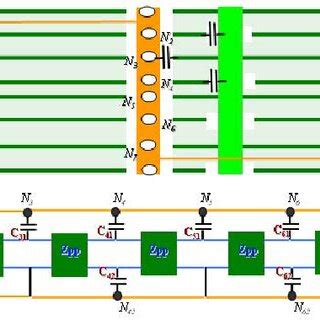
understand ac and dc return path high performance mixed signal pcb
Introduction to Signal Return Path In the world of high-performance mixed-signal printed circuit board (PCB) design, understanding the concept of signal return path is crucial[…]
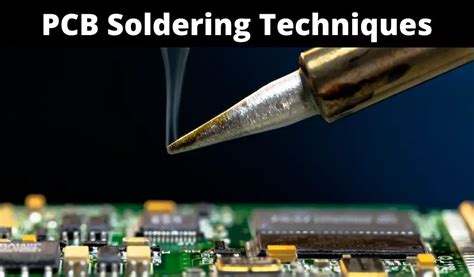
types pcb soldering and assembly process
Introduction to PCB Soldering Printed Circuit Board (PCB) soldering is a crucial process in the manufacturing of electronic devices. It involves the attachment of electronic[…]

pcb ground plane best practices your multilayer stackup
Introduction to PCB Stackups and Ground Planes A printed circuit board (PCB) stackup refers to the arrangement of copper and insulating layers that make up[…]
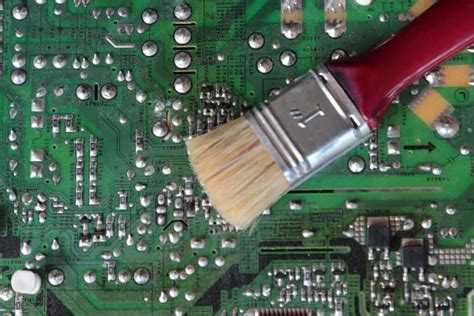
best design practices double sided pcb soldering smd parts
Introduction to PCB Soldering PCB (Printed Circuit Board) soldering is a crucial process in the manufacturing of electronic devices. It involves joining electronic components to[…]

usb charger project altium designer part 1
Introduction to USB Charger Design in Altium Designing a USB charger requires careful planning and execution to ensure the final product is safe, reliable, and[…]

usb 4 design ultra fast serial data transfer your pcb
Introduction to USB4 and Its Benefits for PCB Design USB4 is the latest iteration of the Universal Serial Bus (USB) standard, offering unprecedented speed and[…]

unmanned autonomous vehicles multiple sensor fusion pros cons
Introduction to Autonomous Sensor Fusion Autonomous sensor fusion is a critical component in the development and deployment of unmanned autonomous vehicles (UAVs). It involves the[…]

understanding your pcb netlist
What is a PCB Netlist? A PCB (Printed Circuit Board) netlist is a comprehensive list that contains information about the electronic components and their interconnections[…]
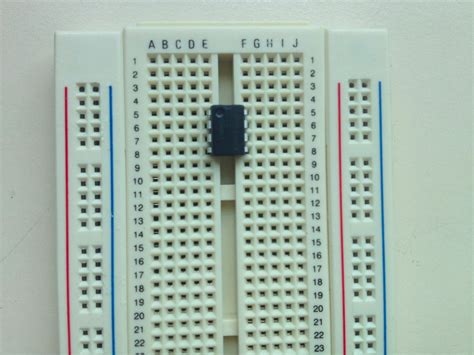
understanding nuances between breadboard projects and prototype layouts
Breadboard vs Prototype: Key Differences to Consider When developing electronic circuits and projects, hobbyists and engineers often start by creating a prototype on a breadboard[…]
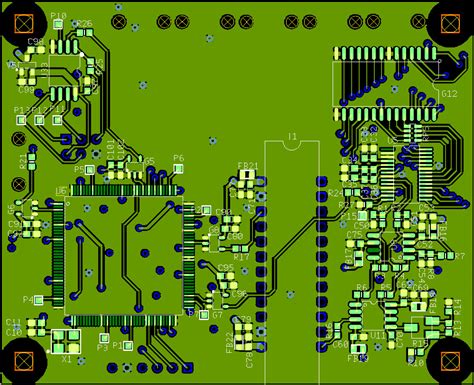
understanding ground planes your two layer pcb
What is a Ground Plane in PCB Design? A ground plane is a large area of copper on a printed circuit board (PCB) that is[…]